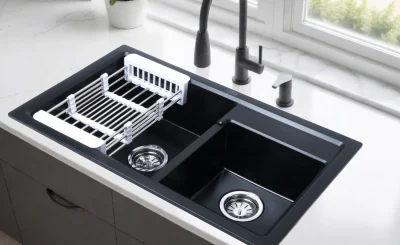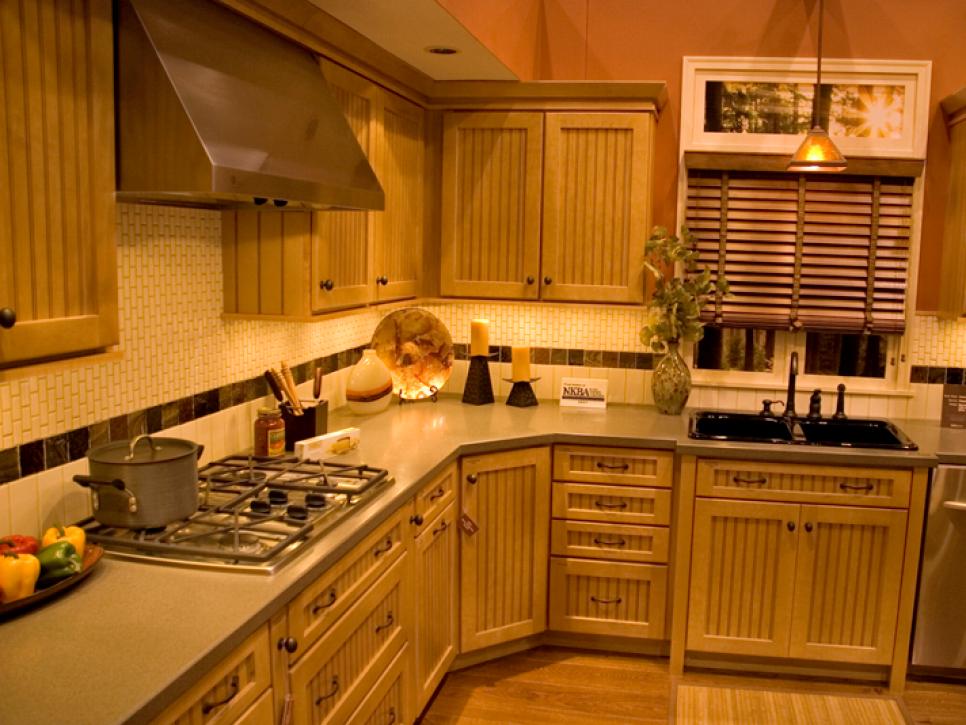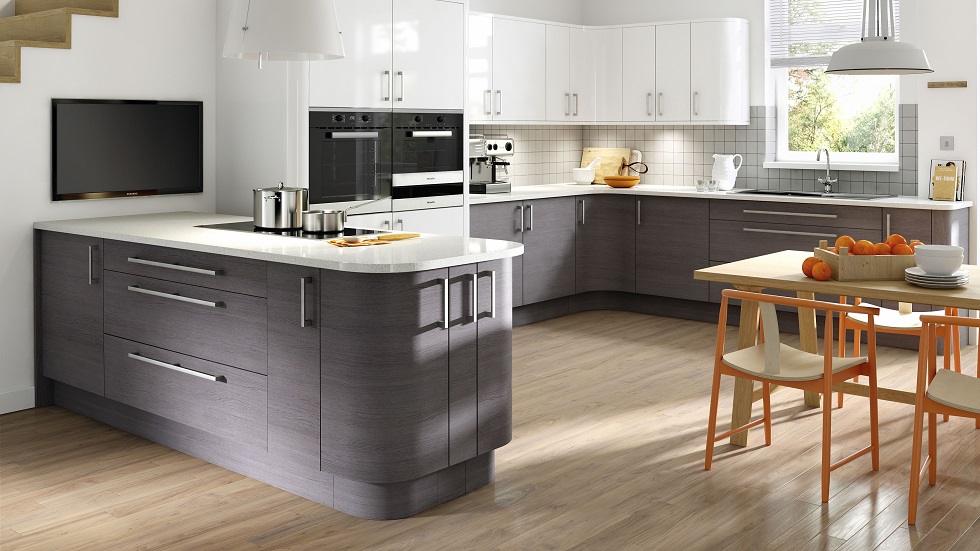Let’s be honest—most kitchens are waste factories. Plastic wrap, disposable sponges, single-use coffee pods… it adds up. But here’s the deal: zero-waste cooking isn’t about perfection. It’s about small, smart swaps that cut clutter and guilt. Ready to rethink your kitchen? Let’s dive in.
1. Ditch Disposable Food Storage
Plastic bags and flimsy takeout containers? Yeah, they’re basically landfill confetti. Try these instead:
- Beeswax wraps: Sticky like plastic wrap but reusable for a year (or longer if you re-wax them). Perfect for cheese, half-cut veggies, or wrapping sandwiches.
- Glass jars: Those pasta sauce jars? Wash ’em. Use them for bulk-bin grains, soups, or even as makeshift measuring cups.
- Silicone bags: Pricey upfront, but they last forever. Great for freezing leftovers without the freezer burn.
Pro tip: Label jars with chalk markers—no more mystery leftovers.
2. Cook Like Your Grandma Did
Old-school techniques cut waste and boost flavor. For example:
Embrace the “Root-to-Stem” Method
Carrot tops? Blend them into pesto. Broccoli stems? Slice thin for stir-fries. Even onion skins can flavor broths. It’s like getting free ingredients.
Batch Cooking & Leftover Hacks
Roast a whole chicken—use the bones for stock, shred leftovers for tacos, and render fat for frying. Zero waste, maximum flavor.
3. Swap Out Single-Use Tools
That drawer full of flimsy gadgets? Time to Marie Kondo it. Here’s what to toss—and what to use instead:
| Swap This | For This |
| Plastic sponges | Loofah scrubbers or bamboo brushes |
| Paper towels | Cotton dishcloths (bonus: dye them fun colors) |
| Disposable coffee pods | A French press or reusable metal pod |
| Plastic straws | Stainless steel or bamboo straws |
Fun fact: A single bamboo toothbrush takes about 6 months to decompose. A plastic one? 500 years.
4. Shop Smarter, Waste Less
Grocery stores are designed to make you overbuy. Fight back:
- Buy in bulk: Bring your own jars for rice, nuts, or spices. Many stores even deduct the jar weight at checkout.
- Plan meals around perishables: Use fragile herbs first, then move to hardier veggies like carrots or potatoes.
- Frozen isn’t evil: Frozen fruit and veggies often have more nutrients than “fresh” produce that’s been trucked across the country.
5. Compost the “Unavoidable” Waste
Some scraps are inevitable—egg shells, avocado pits, coffee grounds. Instead of trashing them:
- DIY compost bin: A $20 bucket with holes works fine for apartment dwellers.
- Bokashi fermentation: Fancy term for fermenting food waste (even meat!) into plant food. No smell, no fuss.
- Community drop-offs: Many farmers’ markets take compost—just store scraps in the freezer until drop-off day.
And if you do toss something? Don’t stress. Sustainability is a journey, not a guilt trip.
The Bigger Picture
Here’s the thing: zero-waste cooking isn’t about deprivation. It’s about creativity—seeing potential where others see trash. A wilted herb becomes chimichurri. A stale loaf turns into croutons. And honestly? That mindset spills into life beyond the kitchen.

















